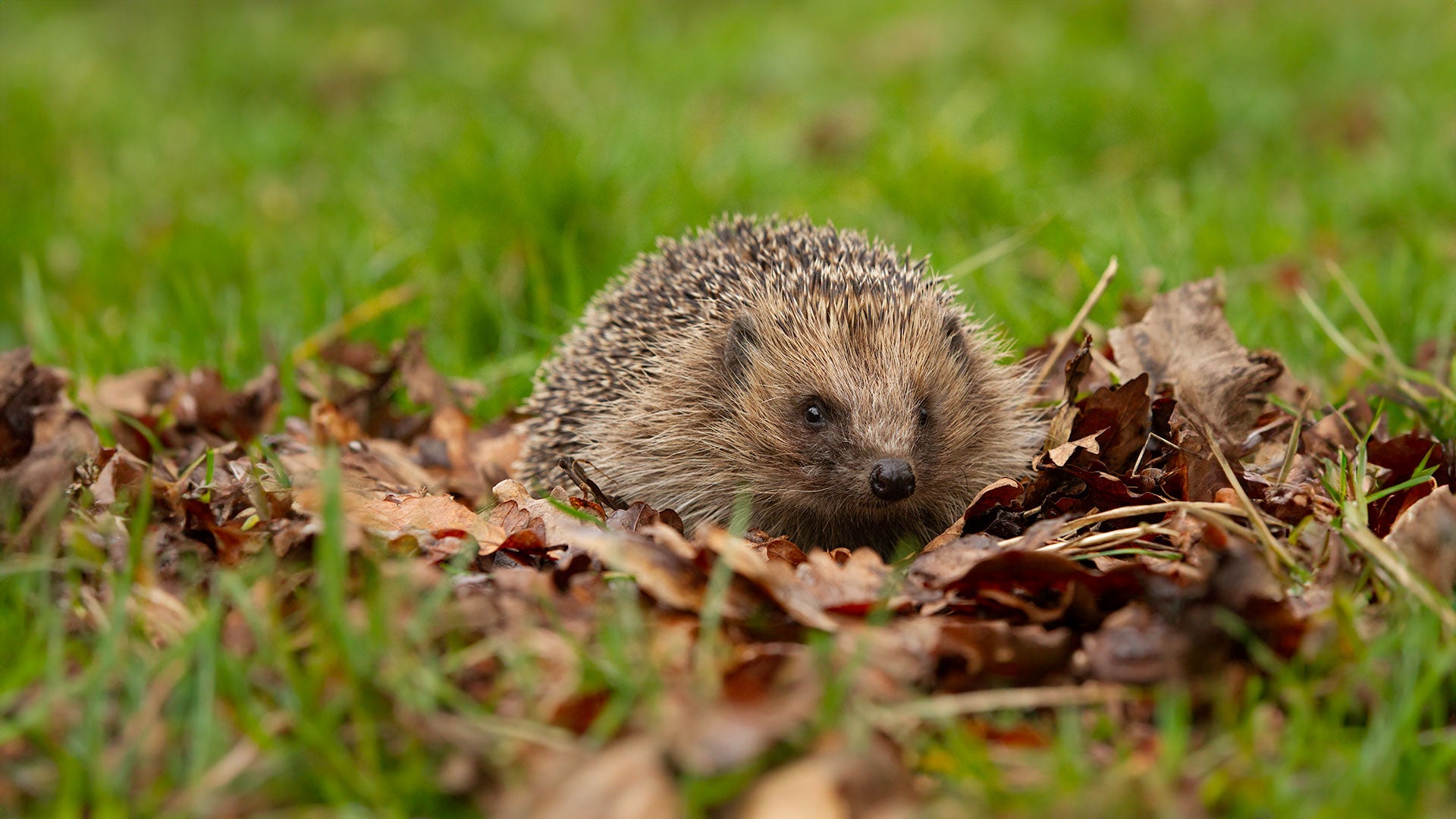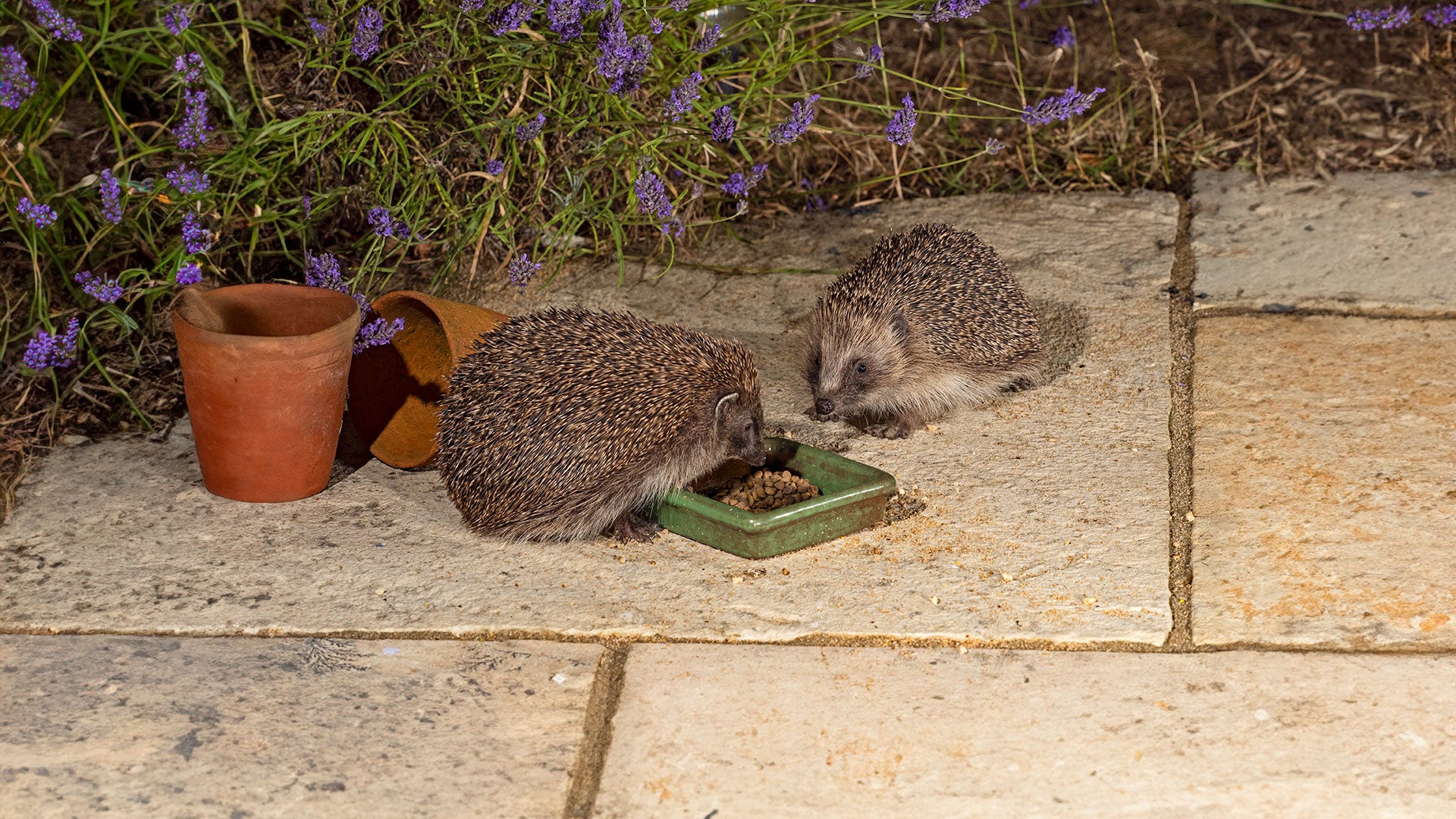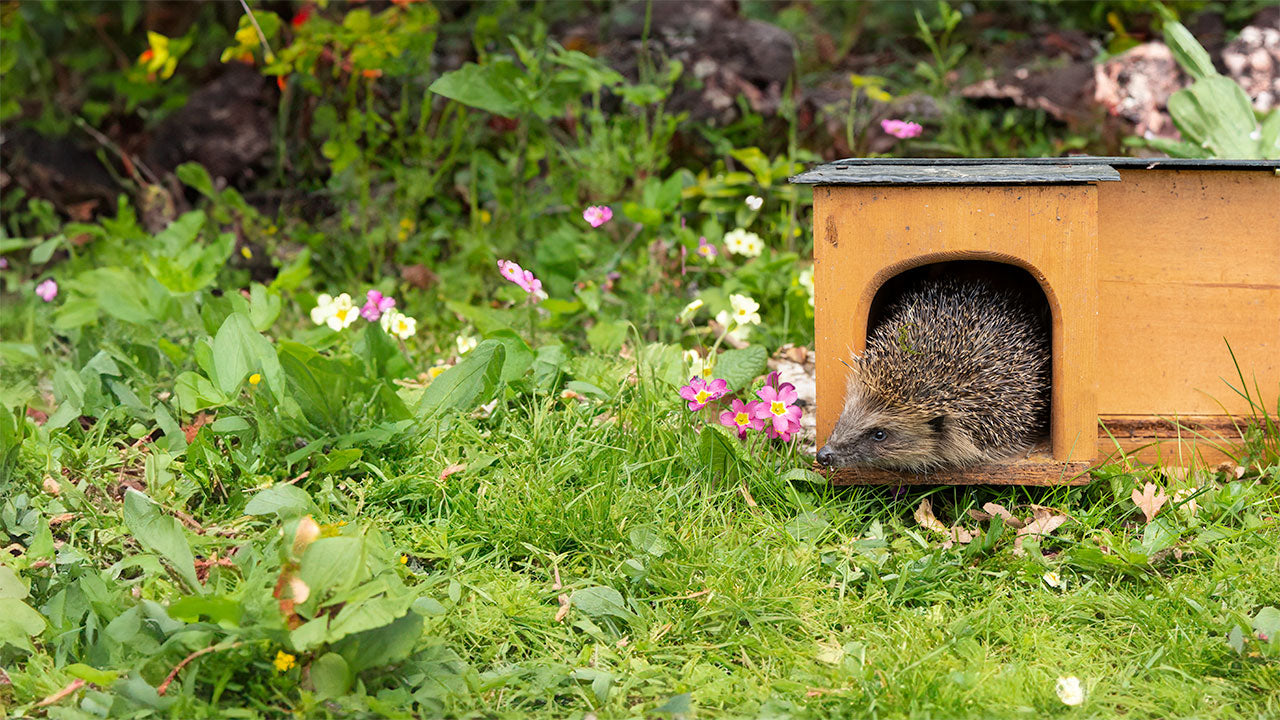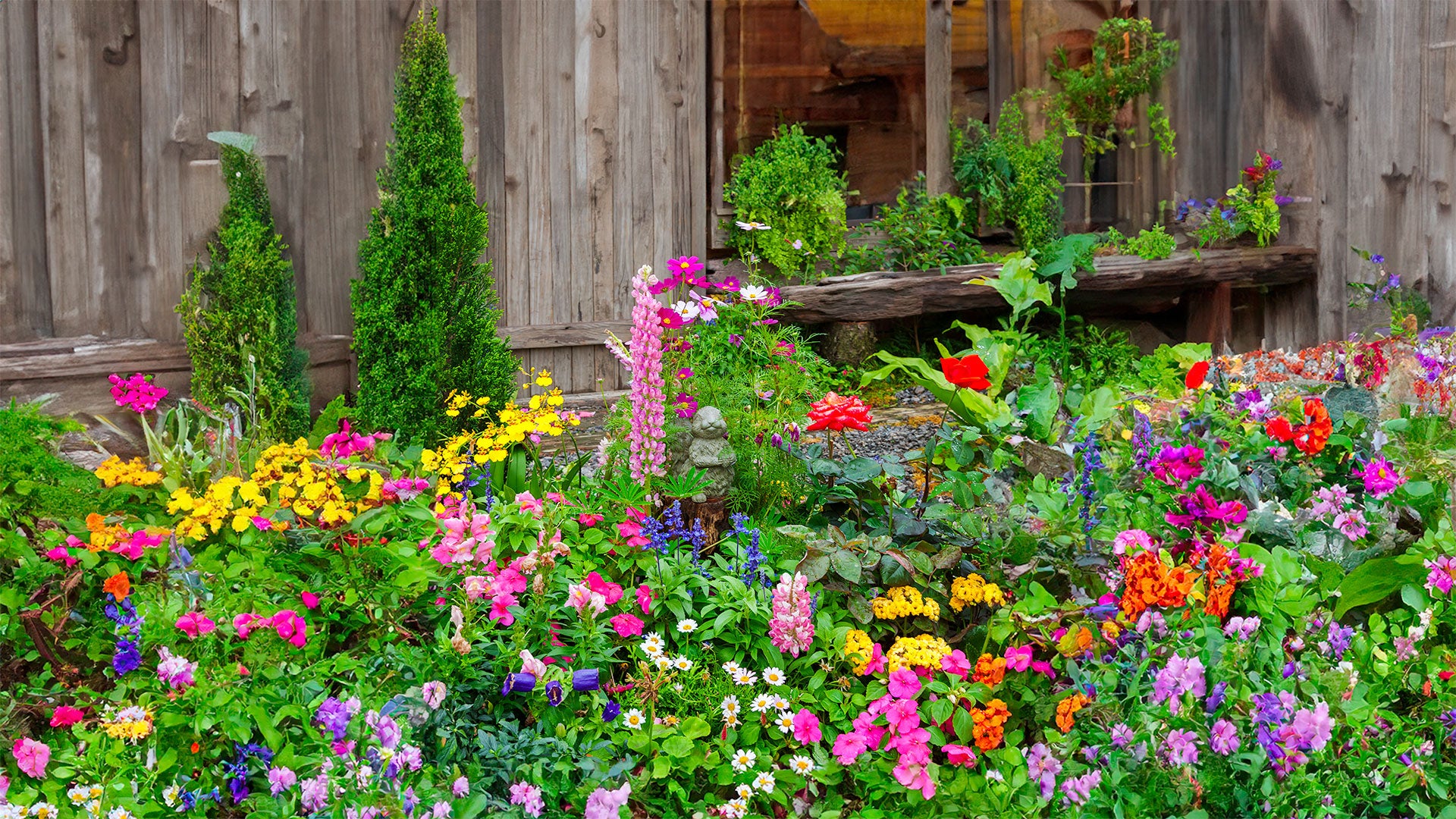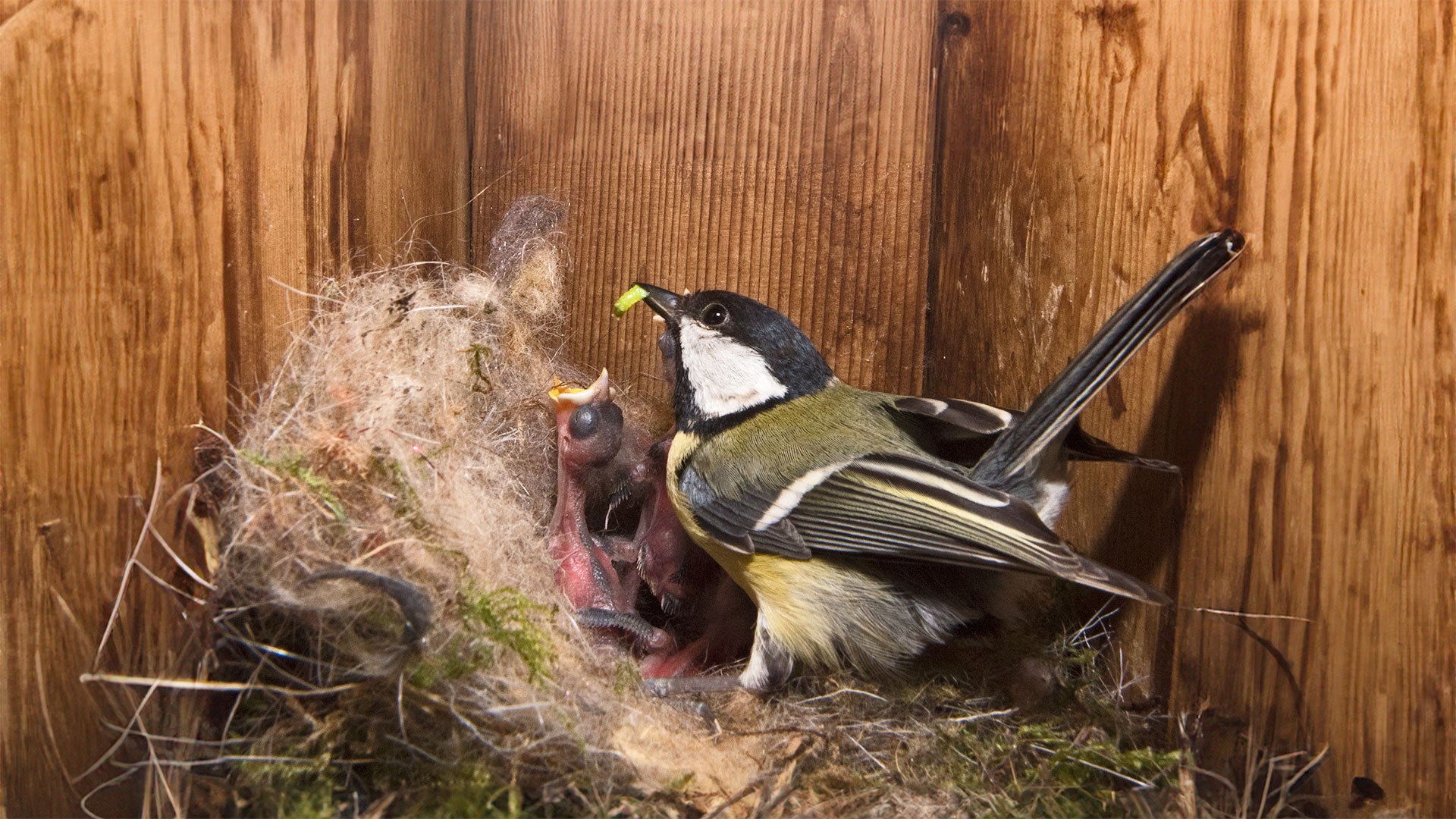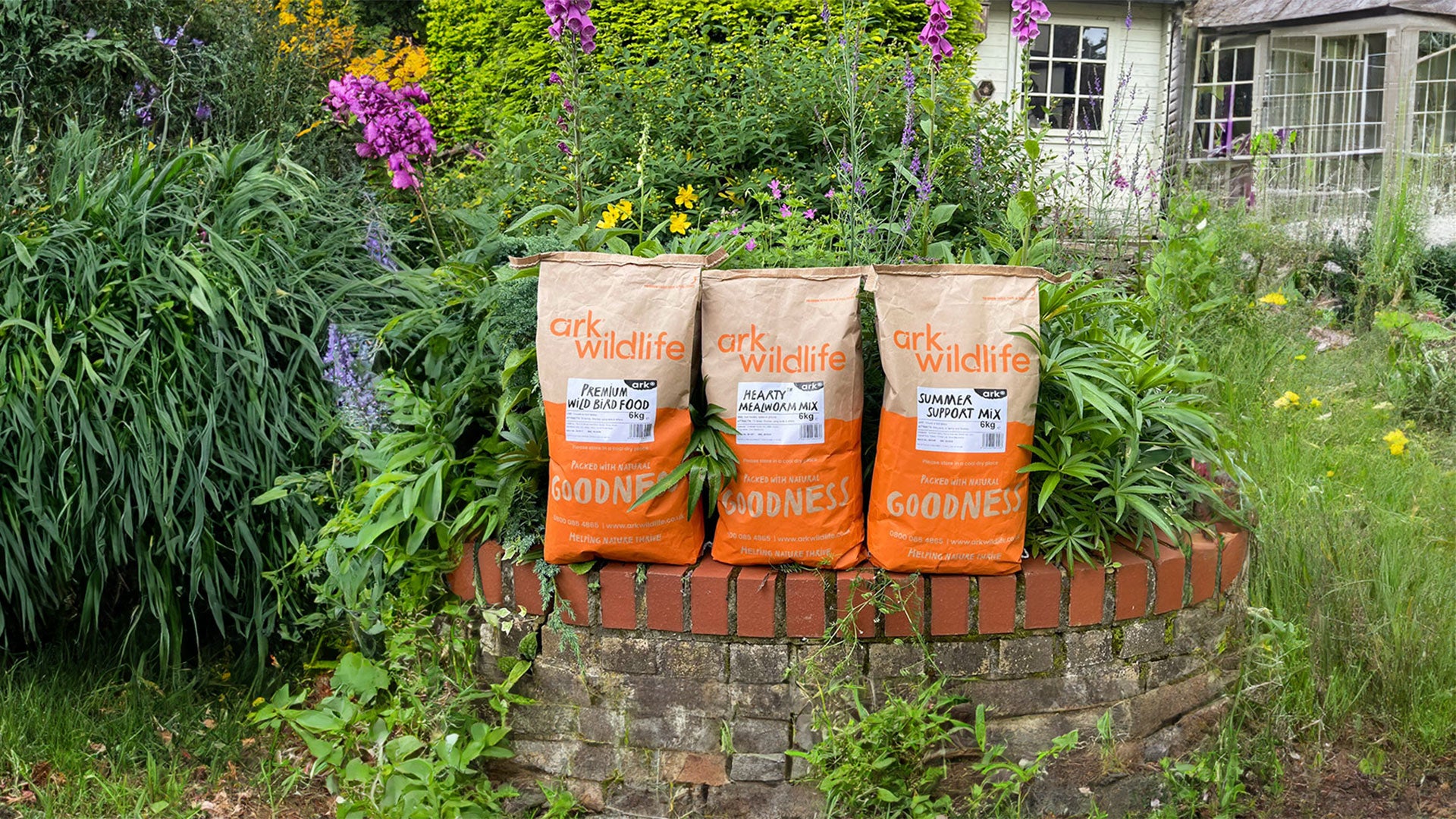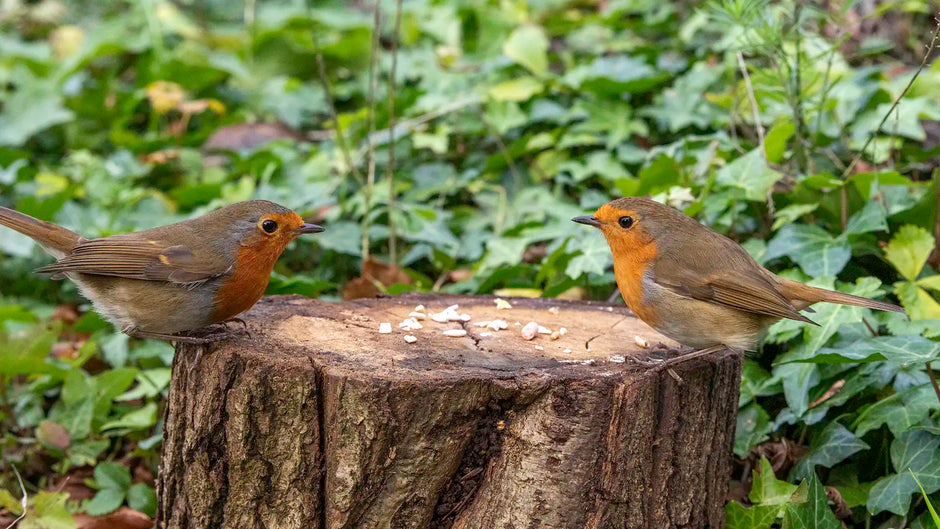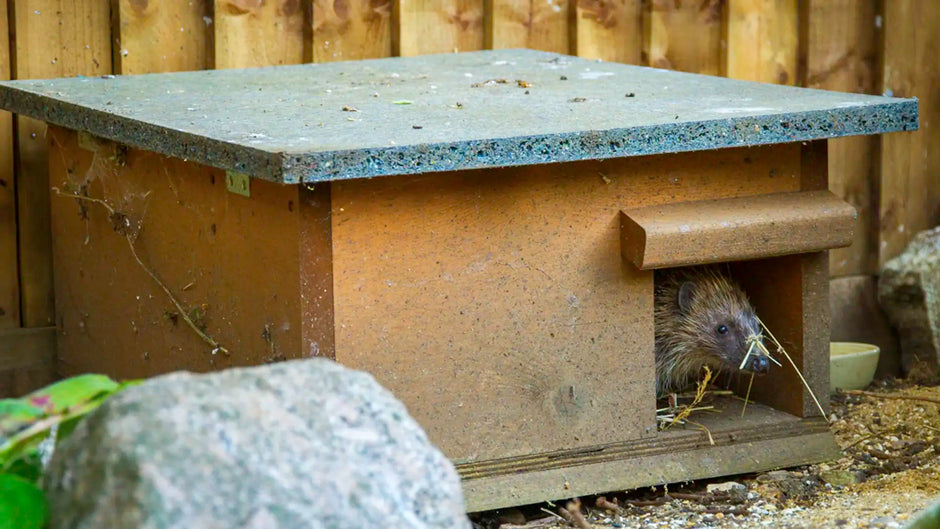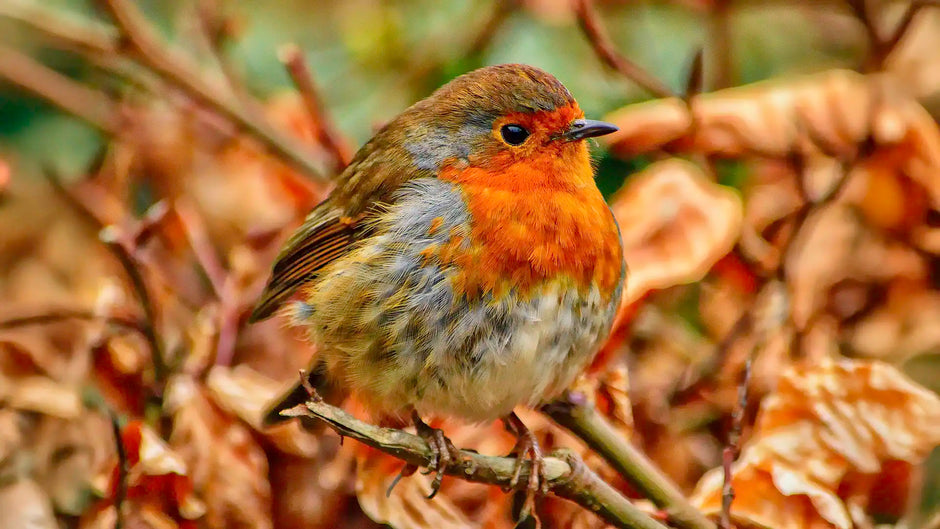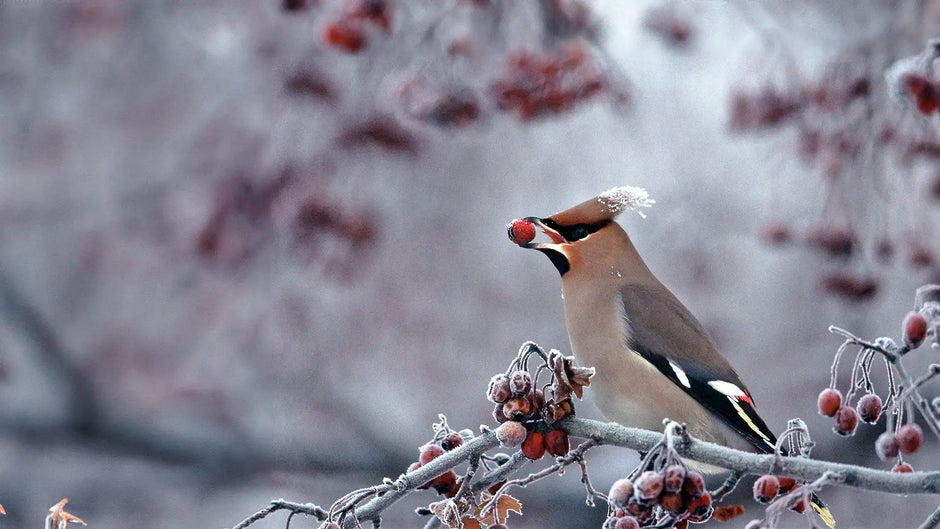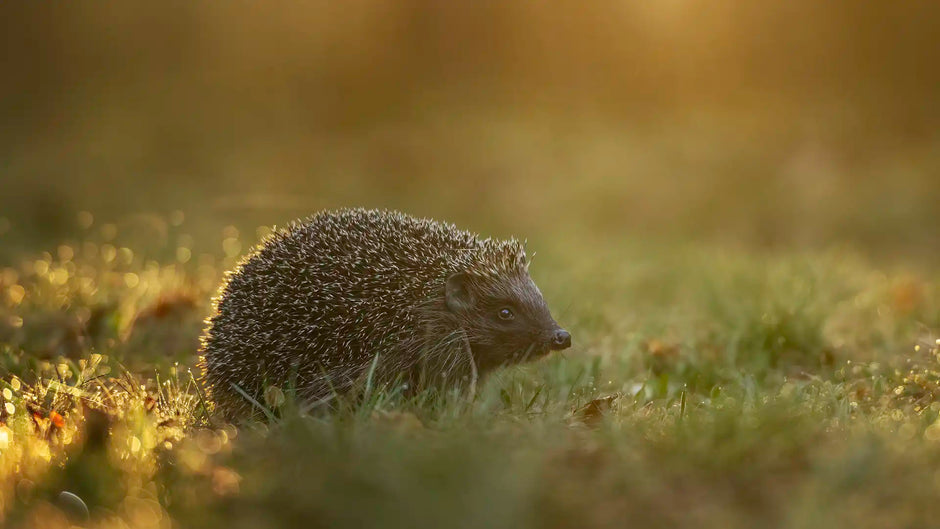Hedgehogs are shy and nocturnal, so you might never see them even if they visit your garden regularly. The easiest way to know they’ve been is by spotting their droppings. Hedgehog poo is surprisingly distinctive once you know what to look for. In this guide, we’ll explore how to identify hedgehog poo, where to find it, and what it can reveal about your spiky visitors.
Introduction: The Secret Night-Time Visitors
Hedgehogs are among the UK’s most loved wild creatures, but they’re also secretive. Since they’re nocturnal, most of their activity happens while we’re asleep. You might never see one snuffling across your lawn, yet your garden could already be part of a hedgehog’s nightly route.
So how do you tell if hedgehogs are around? The answer is in the clues they leave behind: tracks, tunnels through undergrowth, and perhaps the most unmistakable sign - hedgehog poo.
In this guide, we’ll explore how to identify hedgehog droppings, where to look for them, and what other tell-tale signs suggest you’re playing host to these spiky visitors.
The UK’s #1 Bird, Hedgehog & Wildlife Food Shop
Ark Wildlife helping hedgehogs thrive for over 30-years - from nutritious hedgehog food to safe houses and feeding stations.
Rated 5-⭐⭐⭐⭐⭐ by Customers, with FREE Express Delivery and 60-Day Product Guarantee.
What Does Hedgehog Poo Look Like?
At first glance, hedgehog poo might be mistaken for cat or even fox droppings, but there are some reliable clues. To identify hedgehog poo look out for the following:
Hedgehog droppings are usually:
- Dark brown to black in colour
- Shiny (because of insect remains like beetle wing cases)
- Cylindrical in shape
- Around 3–5 cm long and 1 cm thick
- Often slightly curved, with blunt ends
You’ll usually find hedgehog droppings scattered individually rather than in neat piles. Unlike badgers, which return to specific latrines, hedgehogs roam widely during their nightly foraging, leaving droppings as they go. This contrasts with foxes, who often mark territory in prominent spots, or rodents (such as mice and rats), whose repeated routes can create small accumulations of droppings. Cats, too, often favour particular locations. Hedgehogs, by contrast, meander freely, so their droppings are widely dispersed across the garden.

Why Hedgehog Poo Looks the Way It Does
The shape and texture of hedgehog droppings is directly linked to their diet. Hedgehogs are primarily insectivores, with a taste for crunchy beetles, caterpillars, worms, earwigs, and millipedes. The indigestible bits, such as wing cases and exoskeletons, pass through and give their droppings that dark, shiny, slightly gritty appearance.
In summer, when insects are abundant, hedgehog poo is often packed with these fragments. In spring and autumn, droppings may look softer and less shiny if they’ve been feeding on worms or fallen fruit.

Where to Find Hedgehog Poo in Your Garden
Hedgehogs don’t carefully choose toilet spots. Instead, they leave droppings wherever they happen to be wandering. That makes poo one of the easiest clues to their presence, especially if you don’t see the hedgehogs themselves.
You might spot droppings:
- On lawns - left behind after feeding on worms or beetles
- On garden paths or patios - often noticeable in the morning
- Near hedges, fences or walls - along the routes they patrol at night
- Close to feeding stations or water dishes - if you provide supplementary food
A scattering of droppings in several parts of the garden usually means a hedgehog is regularly visiting.

How to Tell Hedgehog Poo from Other Animal Droppings
Hedgehog droppings are usually dark brown to black, 1.5–5cm long, and slightly curved. They’re often packed with the shiny, indigestible fragments of beetles, insect wings, or berry seeds. You’ll typically find them scattered individually across lawns, paths, or near feeding areas, rather than in piles.
Hedgehog poo vs rat poo: Rat droppings are shorter (usually 1–2cm long), darker, and more uniform in shape, often blunt at both ends, like a grain of rice. Rats also tend to leave droppings in the same places repeatedly (along runs, behind sheds, near compost heaps), so you’ll often find multiples clustered together. Hedgehog droppings, by contrast, are longer, tapered at one end, and widely dispersed as the animal meanders through the garden.
- Cat poo: Softer, smellier, often buried in soil or borders. Hedgehog poo is firmer and not deliberately covered.
- Foxes: Use droppings as territorial markers, often leaving them in prominent spots like paths or patio slabs. Fox scat is larger, twisted, and may contain fur or bones.
- Badgers: Deposit poo in dedicated latrines, these are small pits they dig at territory boundaries.
- Bird droppings: Much looser, usually white mixed with dark, and splattered rather than cylindrical.
Knowing the difference saves misidentification, especially if you’re putting food out for hedgehogs and wondering who’s eating it.

1. TL Rat droppings, 2. TR Cat poo, 3. BL Fox poo, 4. BR Bird dropping
The UK’s #1 Bird, Hedgehog & Wildlife Food Shop
Ark Wildlife helping hedgehogs thrive for over 30-years - from nutritious hedgehog food to safe houses and feeding stations.
Rated 5-⭐⭐⭐⭐⭐ by Customers, with FREE Express Delivery and 60-Day Product Guarantee.
What Hedgehog Poo Tells You
What healthy hedgehog poo looks like:
- Usually dark brown to black in colour
- 1.5–5cm long, sausage-shaped, and slightly curved
- Firm but crumbly, often containing visible insect remains (beetle wing cases, shells, berry seeds)
- Should have only a mild, earthy smell — not offensive
Signs of possible problems:
- Green or runny droppings: Can indicate digestive upsets, sometimes linked to a poor diet, spoiled food, or parasites.
- Strong, foul smell: Healthy hedgehog poo has only a light odour. A noticeably unpleasant smell may signal internal parasites, infection, or illness.
- Presence of worms: Occasionally, hedgehog droppings can contain visible worms — a sign the animal may be carrying a heavy parasite load.
- Very watery droppings: Usually a sign of digestive upset, infection, or parasites. If this continues, the hedgehog can quickly become dehydrated and weak.
If you regularly notice green, smelly, or worm-filled hedgehog poo, it’s worth contacting your local hedgehog rescue for advice. These signs may point to health problems that need professional care.
Remember: hedgehogs are wild animals and shouldn’t be handled directly. If you’re ever in doubt, always use gloves when clearing droppings and reach out to a local wildlife charity or rescue centre.
Should You Clear Away Hedgehog Poo?
In most cases, it’s best to simply leave it. Hedgehog poo doesn’t pose a major health risk in gardens, though gloves should be worn if you do clean it up. Many people choose to leave droppings as natural fertiliser, it breaks down just like other wildlife waste and returns nutrients to the soil.
However, hedgehogs often poo while feeding, so extra care is needed around bowls or hedgehog feeding stations. Droppings can build up quickly in these areas, so it’s important to clean feeding and water spots regularly with hot water (avoid harsh chemicals) to minimise parasites and keep your prickly visitors safe and healthy.

Other Signs of Hedgehogs in Your Garden
While poo is the most reliable, you may also notice:
- Noisy snuffling at night
- Nests in piles of leaves, log stacks or under sheds
- Well-worn “hedgehog highways” under fences or hedges
- Droppings near feeding stations
A combination of these signs helps confirm hedgehog activity and build a picture of their nightly routines.
FAQs: Hedgehog Poo and Garden Visitors
How big is hedgehog poo?
Typically 1.5–5 cm long and about 1 cm wide, cylindrical with blunt ends.
Is hedgehog poo dangerous?
It isn’t highly dangerous, but like any animal waste, it can contain parasites. Use gloves when cleaning up and wash hands afterwards.
What should hedgehog poo look like?
Firm, dark brown to black, with shiny insect fragments. Very loose or green droppings may suggest illness.
Do hedgehogs poo where they sleep?
No, hedgehogs keep their nests clean. Droppings are left along their foraging routes outside the nest.
Can I use hedgehog poo to track their diet?
Yes! Look for beetle shells, worm fragments, or fruit seeds. These fragments reveal what they’ve been feeding on.
Why Spotting Hedgehog Poo Matters
Hedgehogs are in steep decline in the UK, so any sign of them in your garden is significant. Poo tells you not only that hedgehogs are present, but that your garden is part of their nightly territory. That means, perhaps even unknowingly you’re providing the food, shelter, and safe spaces they desperately need.
Hedgehogs are natural foragers and can travel a mile or more each night. They need access to multiple gardens to find enough food, fresh water, and suitable nesting sites. They also need to encounter other hedgehogs to court and breed, making connectivity vital. Creating a small access point - like a 4” × 4” hole in fences (and encouraging neighbours to do the same) helps establish “hedgehog highways” that allow them to move safely through your neighbourhood.
By learning to identify hedgehog poo, you’re doing more than just satisfying curiosity, you’re contributing to the bigger picture of hedgehog conservation. Every confirmed sighting and every garden that welcomes hedgehogs helps their chances of recovery.

Final Thoughts
The UK’s #1 Bird, Hedgehog & Wildlife Food Shop

It may not be the most glamorous garden detective work, but hedgehog poo is a vital clue to the wild lives unfolding after dark. Next time you step outside and spot a shiny, cylindrical dropping on the patio, take a moment to smile: it means your garden is a lifeline for one of Britain’s most loved but threatened animals.

